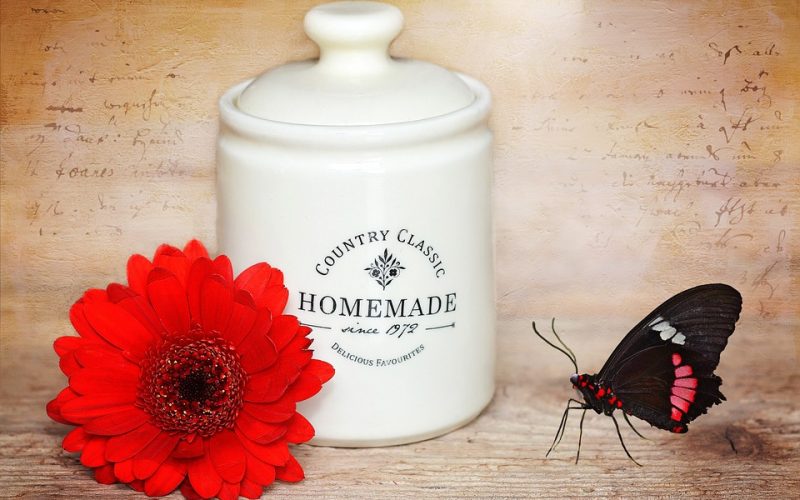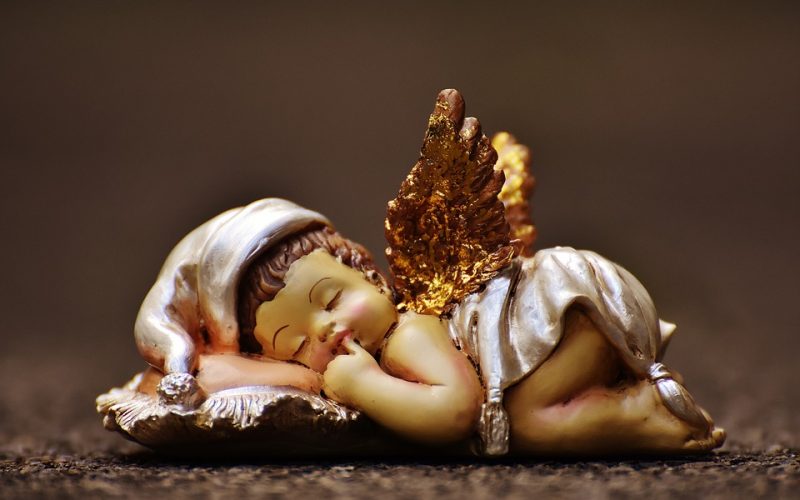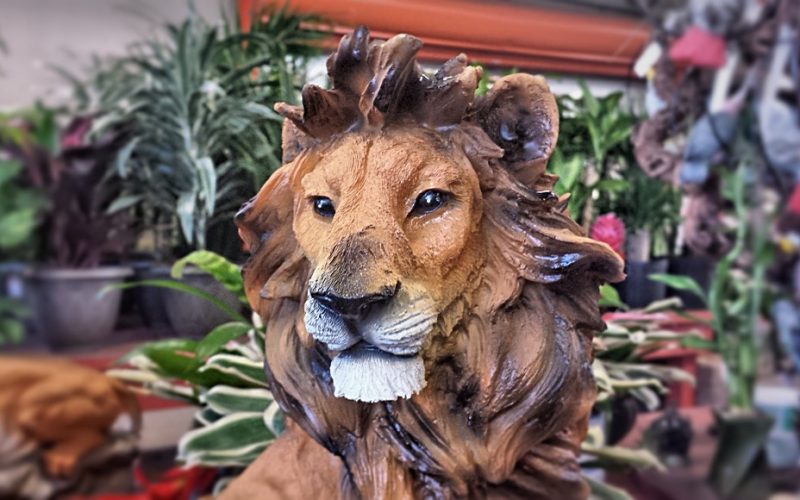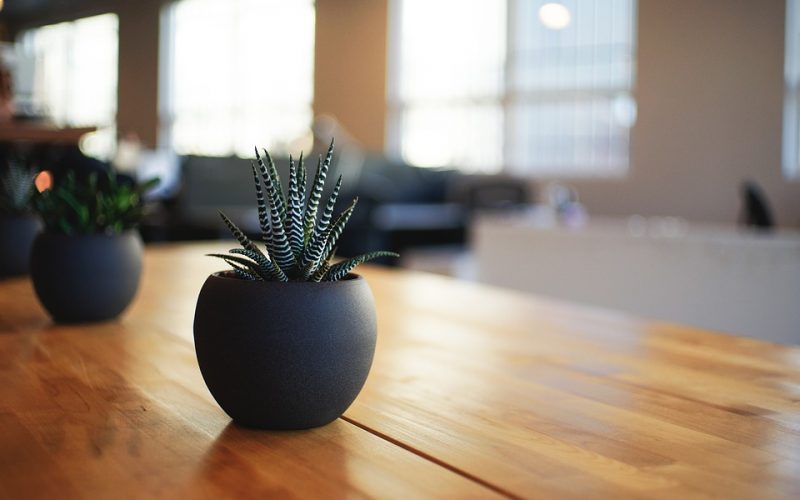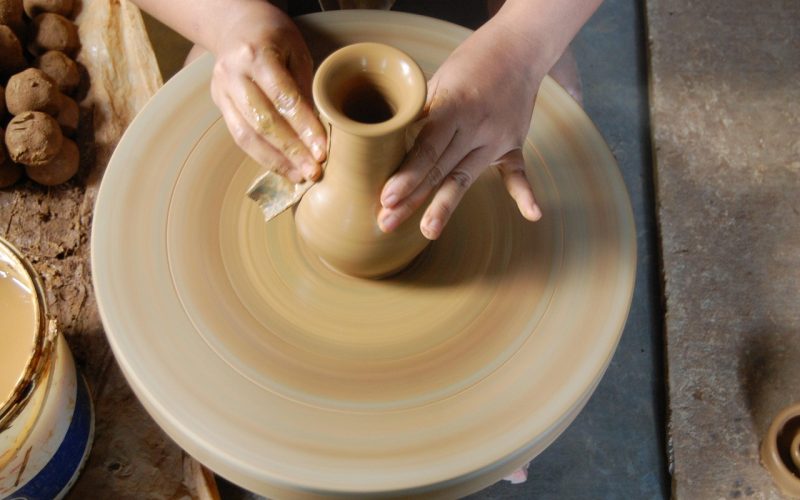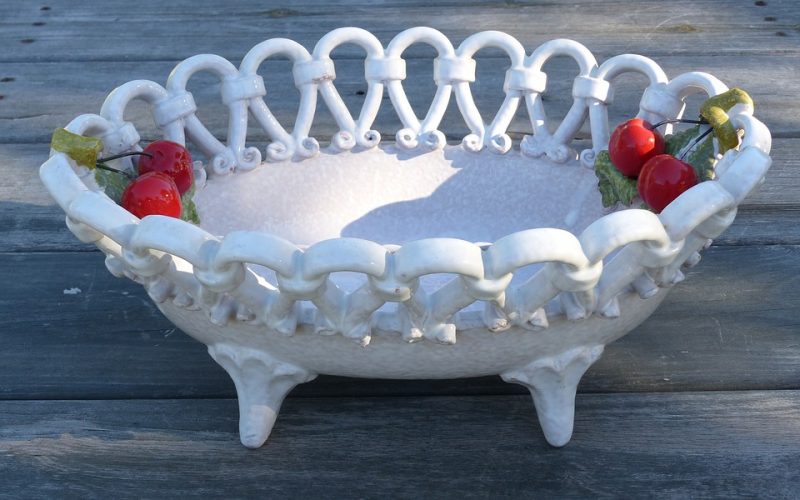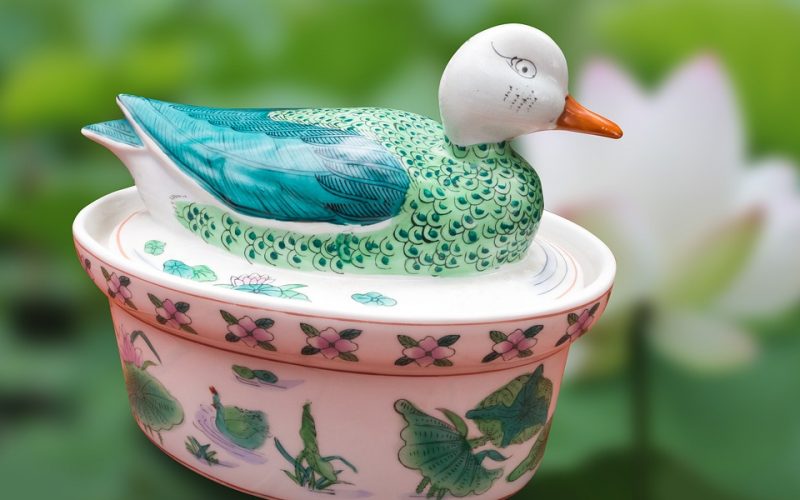Using Stamps to Texture Ceramics
Just imagine a beautifully crafted ceramic dragon complete with scales all down its body. Picture a colorful ceramic rainbow and a pot of leprechaun gold spilling out of the pot. All the coins are the same size and have the same symbol on them. Now imagine a series of seashells chasing each other around the rim of a ceramic pot. Each one of these pieces can be textured by using stamps to imprint a design on the clay before it is fired.
Artists who hand mold clay into art objects sometimes need patterns within their piece. With the dragon, the scales must be alike. The gold at the end of the rainbow is like most coins and would be minted with the same pattern. Seashells come in various shapes and sizes, but when placed around a piece, the same size and shape add a subtle beauty that does not detract from the overall look of the piece. Seashells of different sizes would be a distraction. This is the reason artists occasionally use stamps to add texture.
There are other uses of stamps in ceramics as well. If an artist creates a body of work, they may want to stamp their name and logo into each piece. Using a stamp saves time and effort. It enhances the creativity of the artists by allowing them to save time on repetitious areas of their work. After all, dragon scales, coin faces and seashells, not to mention names and logos, are very much alike. Adding them with a stamp makes the work go faster and leaves time for creative individuality in other areas.
Not all artists use stamps, but that does not lessen their value in creating textured ceramics. It simply gives artists another tool to use in the making of their art. It takes the drudgery out of creating homogenous patterns on a piece. It ensures a harmonic balance when each texture must be the same as another for the piece as a whole to work.
